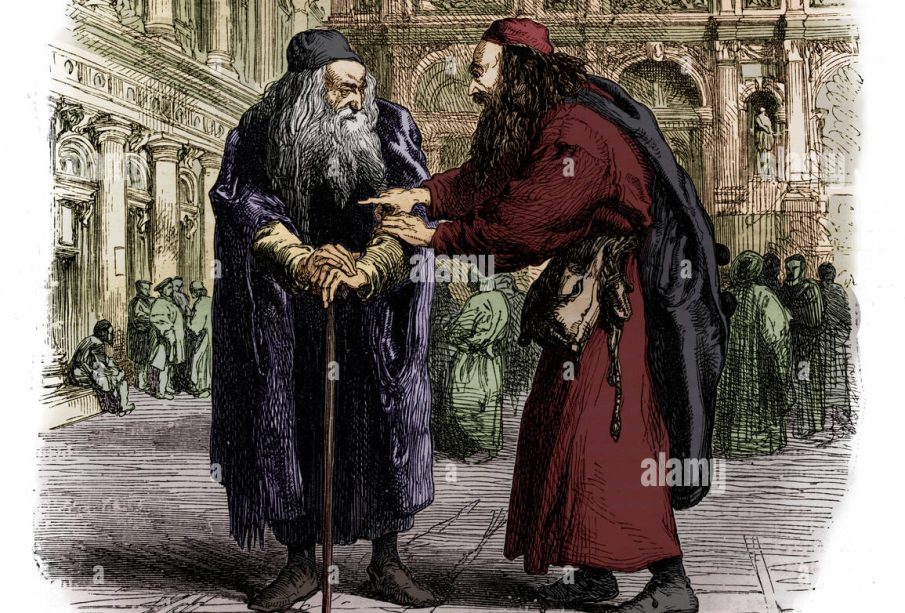The Complex Character of Shylock in ‘The Merchant of Venice’

Introduction
Shylock, a Jewish moneylender in William Shakespeare’s play ‘The Merchant of Venice,’ stands as one of literature’s most complex characters. His portrayal raises critical questions about prejudice, identity, and mercy, highlighting the societal attitudes of the time towards Jews. In contemporary discussions on discrimination and tolerance, Shylock’s character resonates powerfully, making him a significant topic in ongoing cultural dialogues.
Character Overview
Shylock is introduced in Act 1 of ‘The Merchant of Venice’ as a figure who is often despised by the Christian characters, notably Antonio, the play’s protagonist. He represents not merely a source of conflict but also serves as a voice for the marginalized and oppressed. Shakespeare provides insight into Shylock’s motivations through his famous monologue in Act 3, where he proclaims his humanity:
“Hath not a Jew eyes? Hath not a Jew hands?”
This moment is critical as it reframes Shylock’s identity and challenges the stereotypes attributed to him. Shylock is often depicted as greedy, yet his behaviour can be understood as a response to the discrimination he faces.
Historical Context
Set in Venice during the late 16th century, ‘The Merchant of Venice’ reflects the rampant anti-Semitism of Elizabethan England. Jews were largely excluded from various professions and were often forced into moneylending, a profession viewed with disdain by Christian society. Shylock’s character embodies the tumultuous dynamics of Christian-Jewish relations, highlighting issues of justice and mercy that are still pertinent today.
Contemporary Relevance
In modern interpretations, the character of Shylock often prompts conversations regarding cultural identity and the implications of prejudice. As societies grapple with issues of racism and discrimination, Shylock’s plight serves as a mirror for contemporary injustices faced by minority communities. Recent productions of ‘The Merchant of Venice’ have increasingly sought to present Shylock’s complexity, sometimes even portraying him as a tragic hero rather than a mere antagonist.
Conclusion
Shylock remains a crucial figure in literary and sociocultural discussions. The debates surrounding his character challenge audiences to reflect on their own biases and the historical contexts influencing societal perceptions. As literature evolves, so does the interpretation of characters like Shylock, ensuring their relevance in discussions on tolerance, empathy, and human rights. As we continue to navigate a world marked by division, Shylock’s story serves as a reminder of the consequences of discrimination and the necessity for understanding and compassion.








